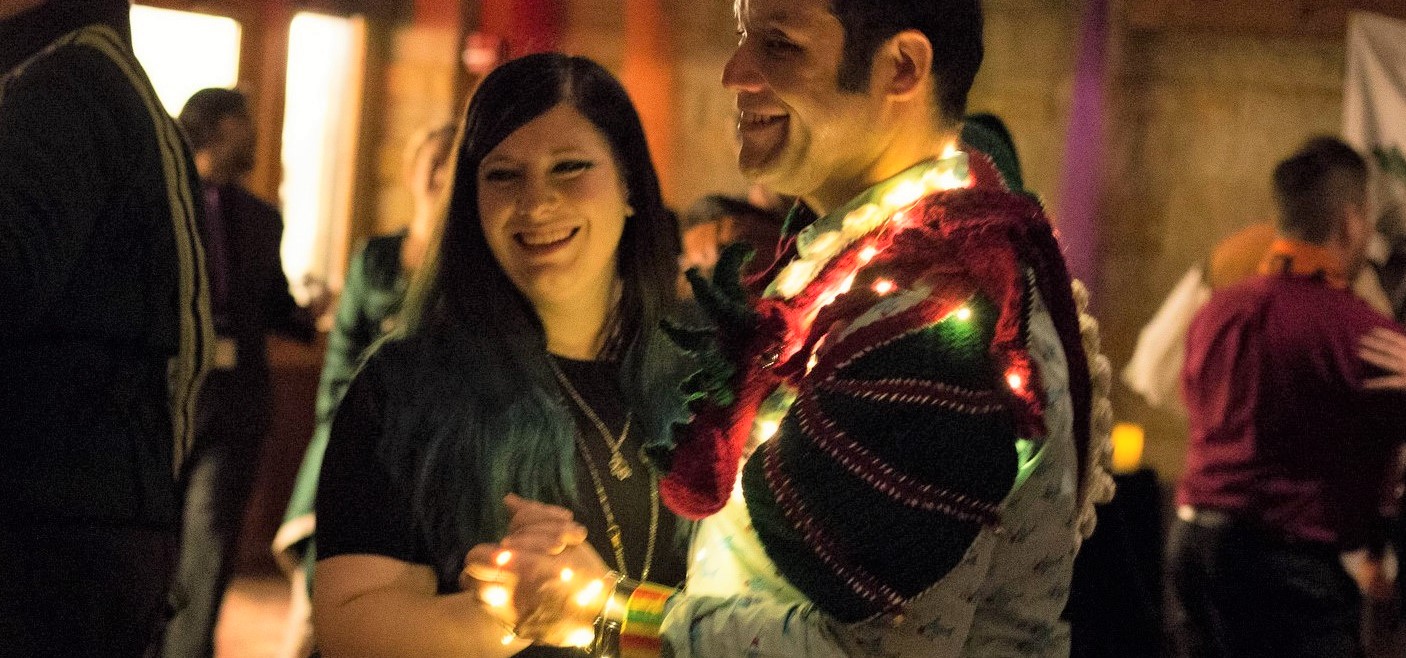Category: Techniques
-

Larp Counselors: An Additional Safety Net
in
This article advocates for the inclusion in certain larps of the unique role of a counselor, who is part of the safety team.
-

Safety Coordinators for Communities: Why, What, and How
in
This article will define a Safety Team and its role, examine what makes for a good Safety Team, and offer advice for maintaining one for your community.
-

The Blue Ribbon Collective
in
For Knutepunkt 2017, we held a workshop for people who wanted to avoid or limit their drinking, which included optional blue ribbon pins to signal sobriety.
-
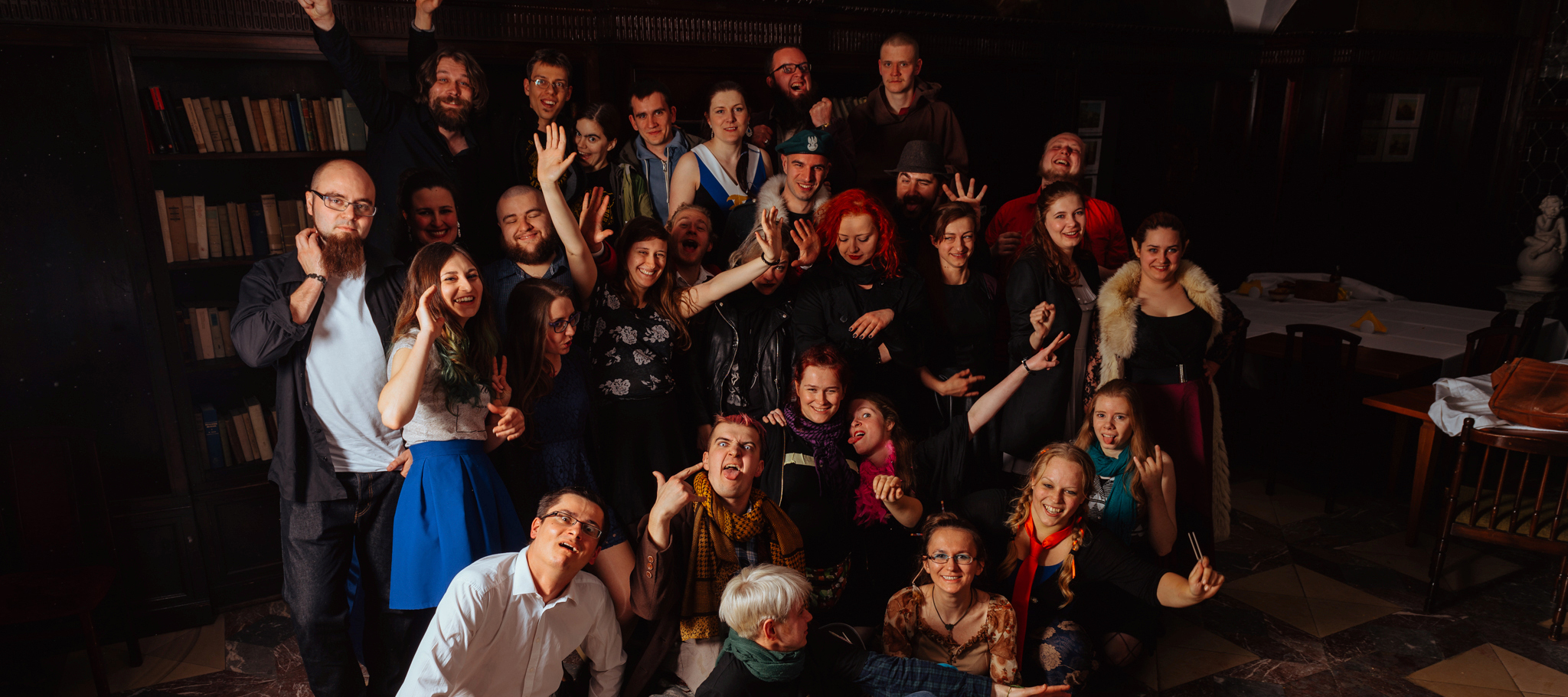
Keeping Volunteers Alive
in
Organising larps is a multi-disciplinary exercis. A large part of my larp work consists of managing large (25+) teams of people, most of them volunteers.
-
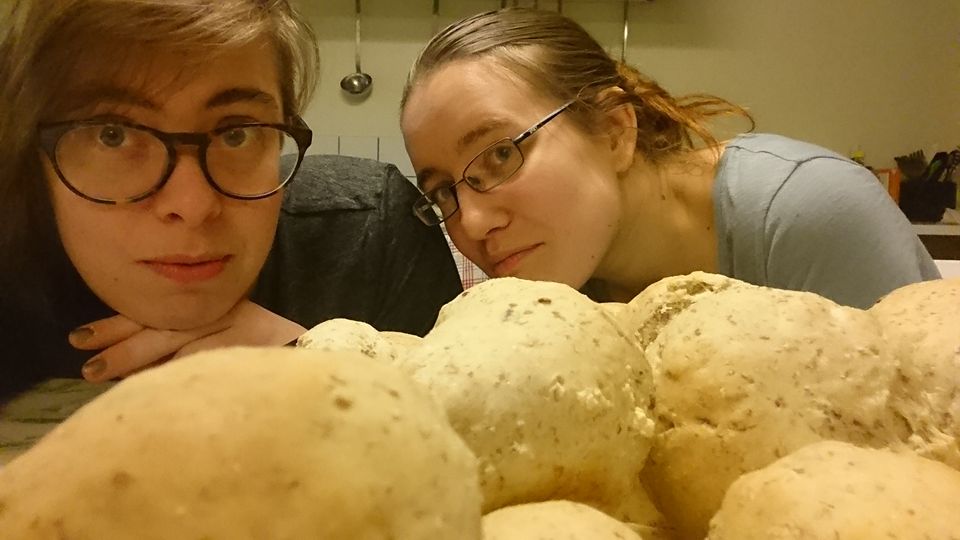
Food for Thought: Narrative Through Food at Larps
in
Food is an essential part of culture. Taste and smell may be more abstract senses but they have the power to bring strong experiences, no less so in larp.
-
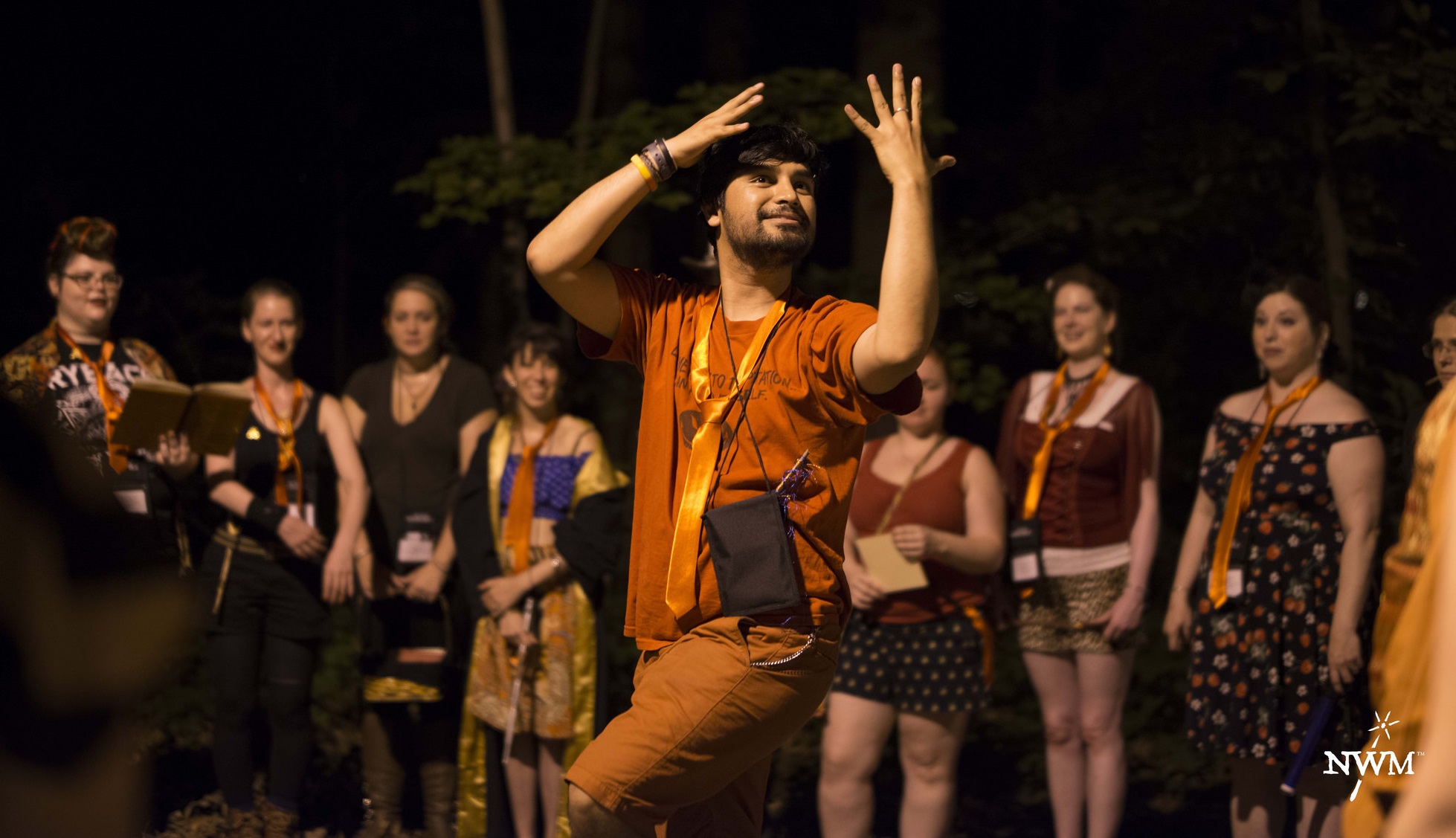
Creating a Culture of Trust through Safety and Calibration Larp Mechanics
in
When Ben Morrow and I decided to offer a College of Wizardry-like experience in North America in April 2015, we knew we had our work cut out for us. Not only did we need to form a larp production company, secure the venue, build the costumes, obtain props, find players, and all the other duties
-

Self Care Comes First: A Larp and Convention Policy
in
Great work is being done in both the larp and gaming convention scene to improve player safety and comfort, but many of the techniques and methods becomes less effective if organizers and the community don’t communicate the importance of self care.
-
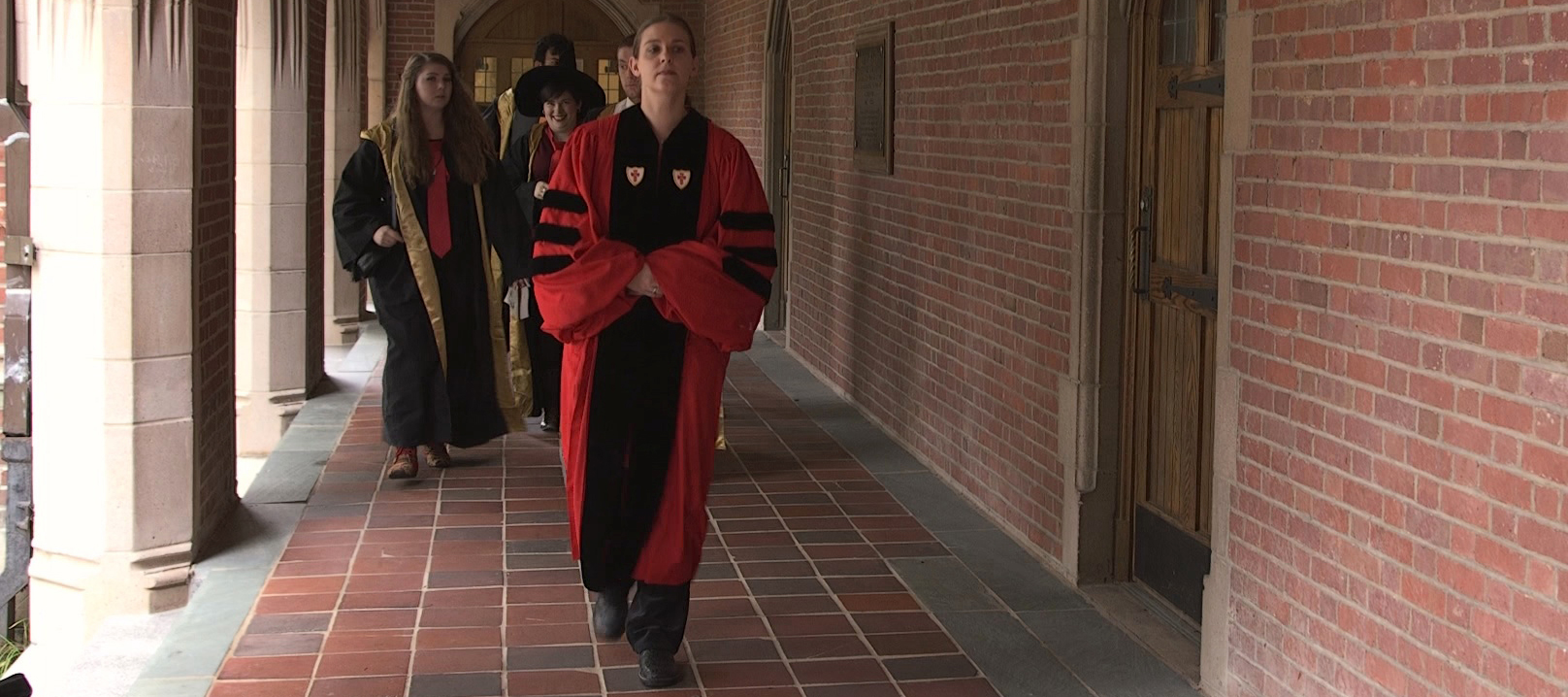
Creating Play in the Magical Classroom
in
Creating Play in the Magical Classroom is a multi-part guide to playing a teacher at the College of Wizardry and New World Magischola larps. While it was written specifically with these events in mind, it can be applied to many other larps and settings.
-
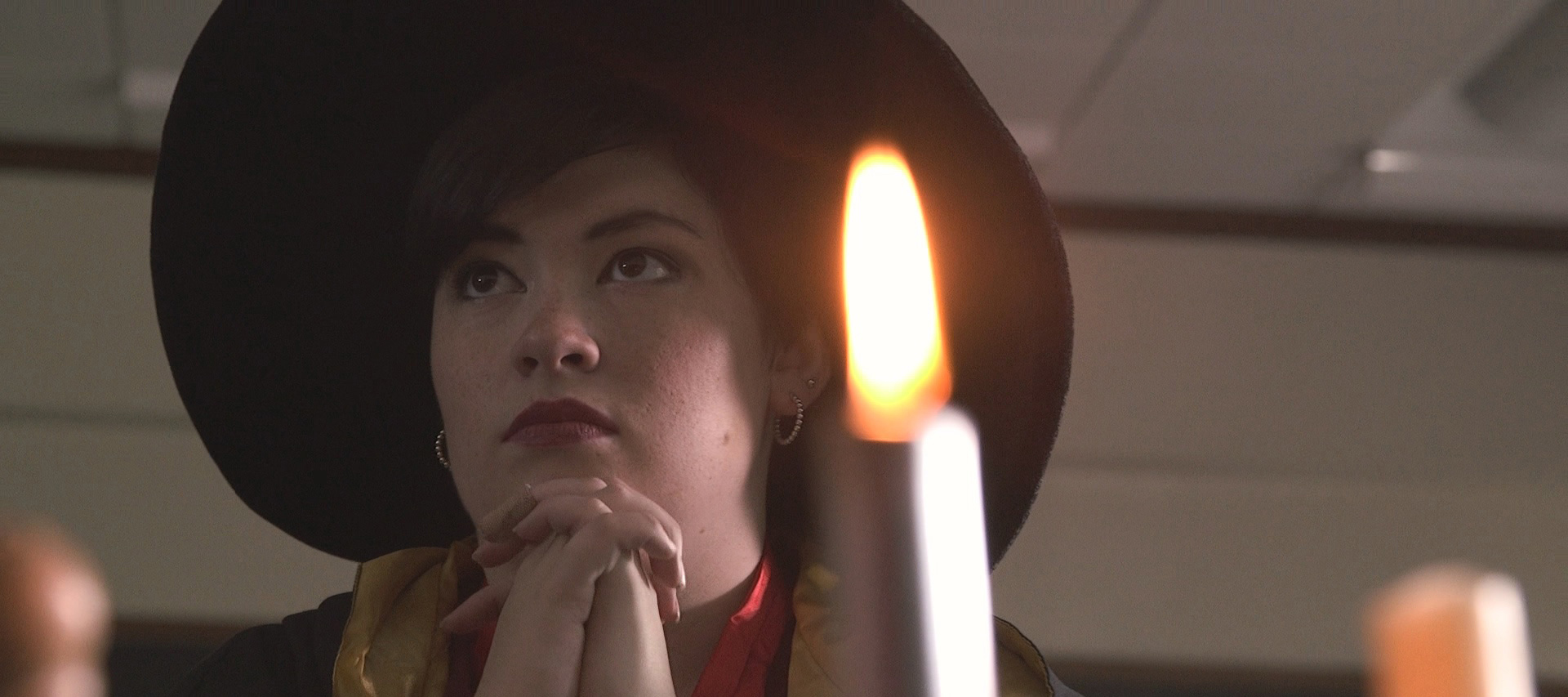
Creating Play in the Magical Classroom: Part 7
in
This final part of the series gives practical examples on how to apply the techniques and ideas explained in the previous parts.
